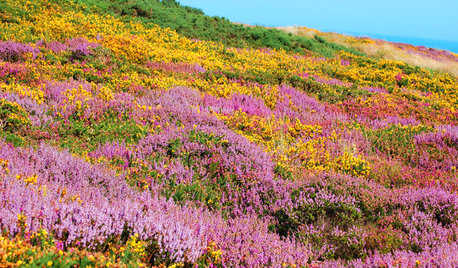Nomenclature and crosses
leftwood
17 years ago
Related Stories

GARDENING FOR BUTTERFLIESGreat Design Plant: Scotch Heather
The moors aren't all moody, as this prettily colored evergreen shrub proves. Plant it en masse for an epic romance in your own garden
Full Story
FURNITUREWhat to Know Before You Buy a Sectional
Learn about sizes, arm setups, seat types and more to get the right sectional for your space
Full Story
KITCHEN CABINETSCabinets 101: How to Choose Construction, Materials and Style
Do you want custom, semicustom or stock cabinets? Frameless or framed construction? We review the options
Full Story







albert_135 39.17°N 119.76°W 4695ft.
longwoodgradms
Related Professionals
New Bedford Landscape Architects & Landscape Designers · Leawood Landscape Architects & Landscape Designers · Manorville Landscape Architects & Landscape Designers · South Orange Landscape Architects & Landscape Designers · Salem Landscape Contractors · Biloxi Landscape Contractors · Davidson Landscape Contractors · Lemont Landscape Contractors · Louisville Landscape Contractors · Mount Sinai Landscape Contractors · Tigard Landscape Contractors · Wallingford Landscape Contractors · Northridge Fence Contractors · Shorewood Fence Contractors · Foster City Fence Contractorspaalexan
leftwoodOriginal Author
gardenphotographer
Josh
leftwoodOriginal Author
ronalawn82
flash14756